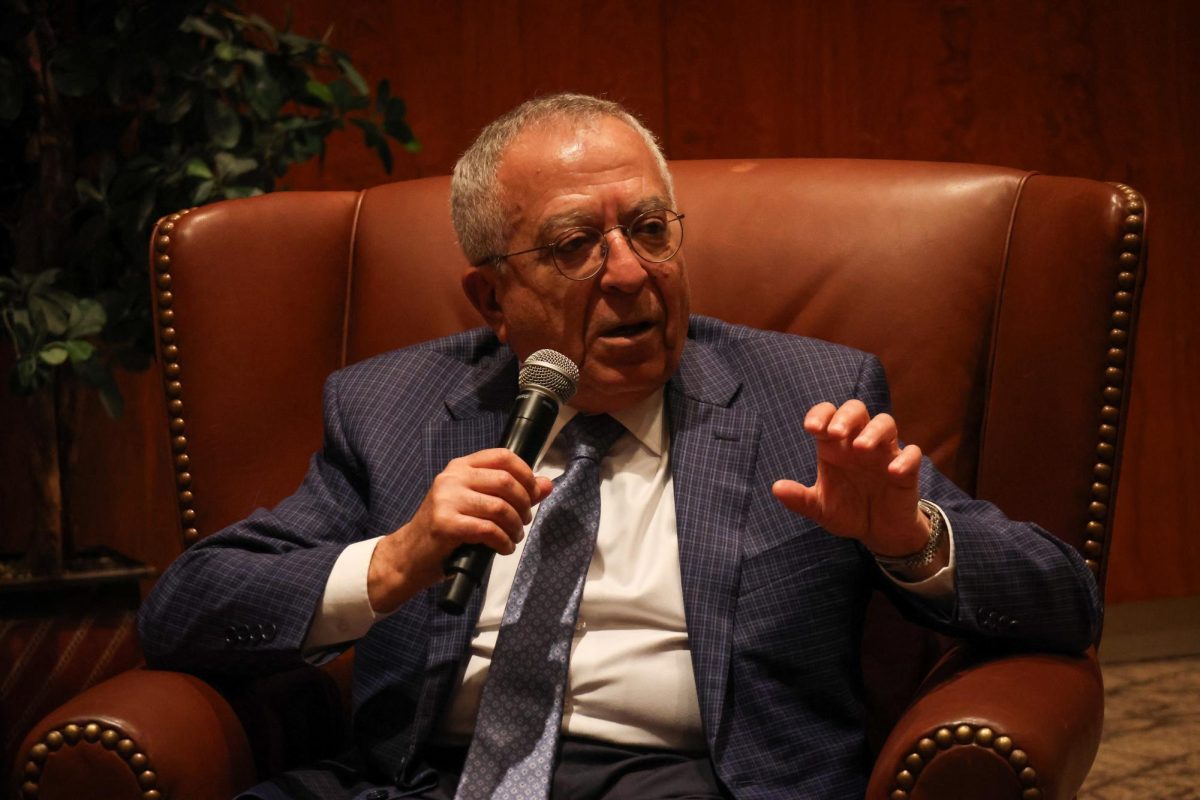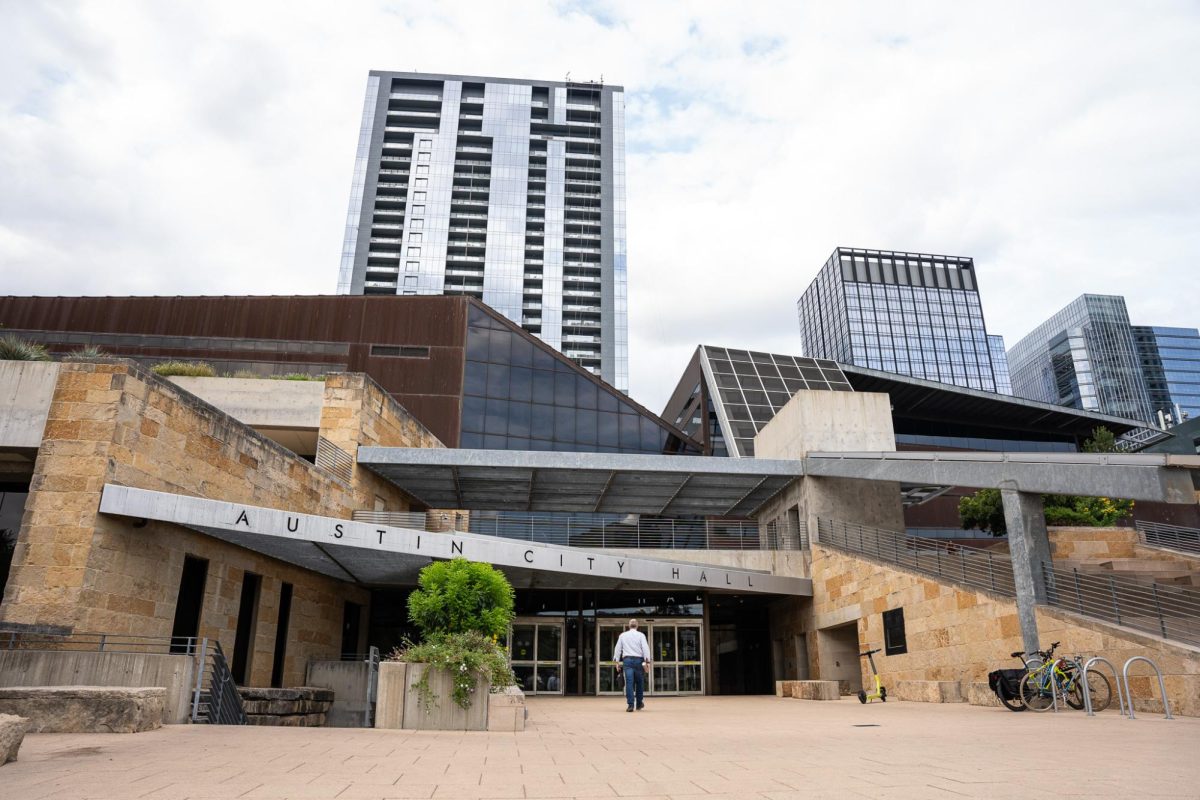Campus partially opened Tuesday for the start of a second semester during the COVID-19 pandemic as Austin faces a surge of cases and hospitalizations.
Austin has entered Stage 5 of coronavirus guidelines, the highest level of restrictions during the COVID-19 pandemic. These guidelines recommend citizens avoid non-essential dining and shopping as well as gatherings outside of the household.. Austin officials are urging extreme caution citywide, as Austin ICUs inch closer to reaching capacity.
The UT COVID-19 Consortium estimates 350 to 1,000 students could arrive on campus with COVID-19 this semester, assuming that 30,000 students will be in Austin and 21,000 come from out of town, said Christine Sinatra, communications director for the College of Natural Sciences.
In the fall, the consortium estimated 82 to 183 students would arrive on campus with COVID-19. Sinatra said the fall estimate was done for 22,000 students, with 10,000 arriving from out of town.
The University moved hybrid classes online for all of January and is requiring students living in residence halls to be tested in an effort to prevent a spike of early cases, which could lead to campus closure.
“The higher projected rates make it even more important that students and all members of the UT community engage in safe behaviors at this critical time,,” University spokesperson J.B. Bird said in an email.
The changes to campus operations were also done to minimize possible impact on campus and regional public health resources, Bird said.
“I think there’s a lot of concern about how things might go,” said Art Markman, head of the academic working group for COVID-19 planning. “If things don’t improve, then I do think we will likely be in a more restricted state, primarily as a way to minimize the number of people who have to be in Austin.”
Markman said predicting if and when a closure of campus will occur is difficult because it is unclear how much of the current surge is a result of holiday gatherings. He said the disease curve could be clarified after the semester starts because hybrid classes were moved temporarily online.
“The state of the pandemic is really much different now than it was when we were opening in the fall,” Markman said. “We’re in the midst of an uptick in cases around the state, so I think the situation is much more dynamic right now than it was in the fall.”
Despite the arrival of a vaccine, the University generally plans to operate under the assumption that a sufficient level of UT’s population will not be vaccinated this semester, Markman said.
At the time of publication, the consortium has a median projection that Austin will reach 200 COVID-19 ICU patients — the maximum number of hospital beds Austin has for COVID-19 patients — on Feb. 1. The consortium previously estimated Austin would run out of beds on Jan. 14 and Jan. 21, but the limit has not yet been reached.
“As hospitals become more overcrowded and the ICU space dwindles to zero, that’s when we talk about things like crisis standards of care — having to triage who gets that treatment and who doesn’t … who is survivable and who is not,” Mark Escott, interim medical director and health authority for Austin-Travis County, said in a media briefing Wednesday.





















